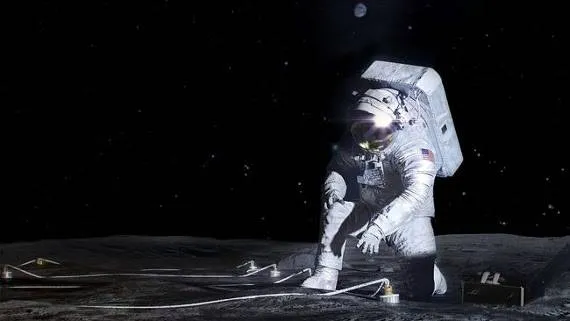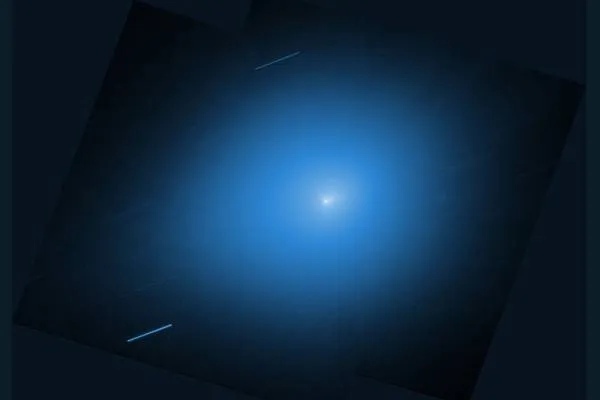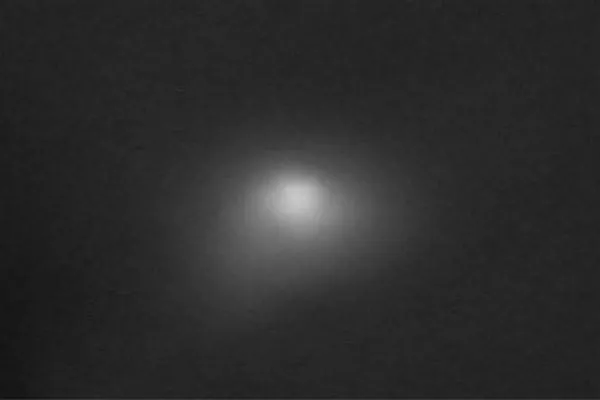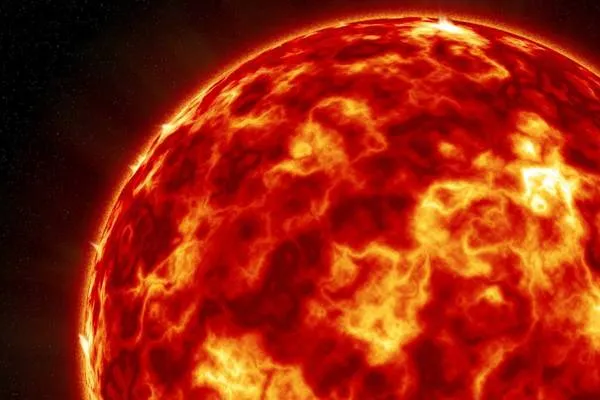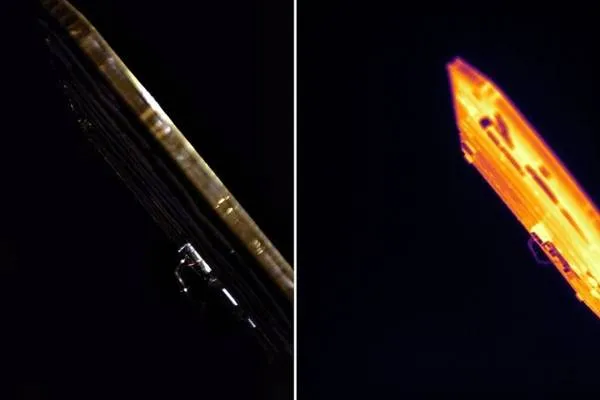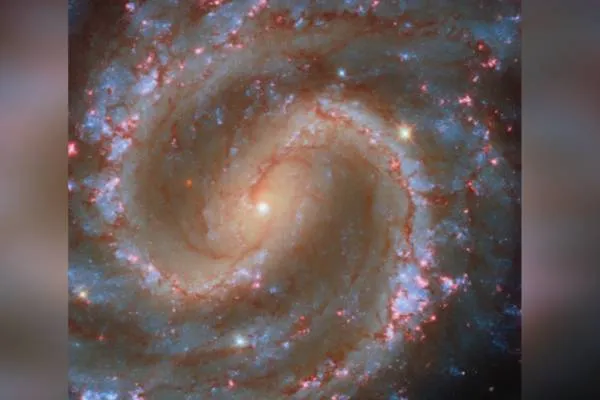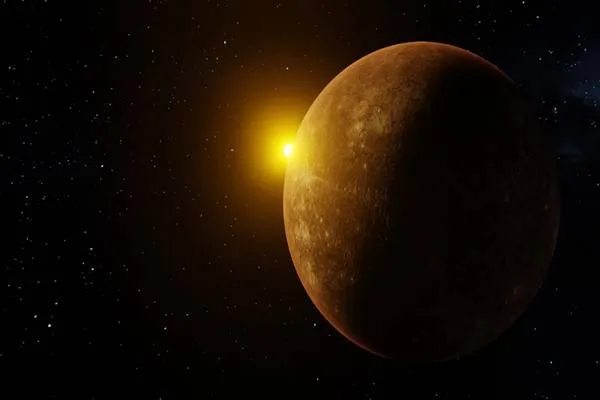NASA: Artemis astronauts will carry plants to the moon in 2026
Stockholm, March 28 (HNA) – A plant-growth study is one of three experiments that the Artemis III astronauts are expected to deploy on the lunar surface. The first astronauts to land on the moon in more than half a century will set up a lunar mini-greenhouse, if all goes according to plan.
NASA has selected the first three science experiments to be deployed by astronauts on the moon’s surface on the Artemis III mission in 2026. Among them is LEAF (“Lunar Effects on Agricultural Flora”), which will study how space crops fare in the exotic lunar environment, according to NASA statement.
“LEAF will be the first experiment to observe plant photosynthesis, growth and systemic stress responses in space-radiation and partial gravity,” NASA officials wrote in a statement Tuesday announcing the selection of the three experiments.
“Plant growth and development data, along with environmental parameters measured by LEAF, will help scientists understand the use of plants grown on the moon for both human nutrition and life support on the moon and beyond,” they added.
“Artemis marks a bold new era of exploration, where human presence amplifies scientific discovery. With these innovative instruments stationed on the Moon’s surface, we’re embarking on a transformative journey that will kick-start the ability to conduct human-machine teaming – an entirely new way of doing science,” said NASA Deputy Administrator Pam Melroy. “These three deployed instruments were chosen to begin scientific investigations that will address key Moon to Mars science objectives.”
The LEAF subjects won’t be the first-ever flora on the moon; China sent cotton plants to the lunar far side on its robotic Chang’e 4 mission in January 2019. The other two newly selected experiments are the Lunar Environment Monitoring Station (LEMS) and the Lunar Dielectric Analyzer (LDA).
LEMS is a suite of autonomous seismometers that will hunt for moonquakes for up to two years after deployment. It “will characterize the regional structure of the moon’s crust and mantle, which will add valuable information to lunar formation and evolution models,” NASA officials wrote in Tuesday’s statement.
LDA, meanwhile, will measure the ability of lunar regolith — the moon’s top layer of dust and gravel — to propagate an electric field. The instrument “will gather essential information about the structure of the moon’s subsurface, monitor dielectric changes caused by the changing angle of the sun as the moon rotates and look for possible frost formation or ice deposits,” agency officials wrote.
Artemis III, the first mission to return astronauts to the surface of the Moon in more than 50 years, will explore the south polar region of the Moon, within 6 degrees of latitude from the South Pole. Several proposed landing regions for the mission are located among some of the oldest parts of the Moon. Together with the permanently shadowed regions, they provide the opportunity to learn about the history of the Moon through previously unstudied lunar materials.
With the Artemis campaign, NASA will land the first woman, first person of color, and its first international partner astronaut on the Moon, and establish long-term exploration for scientific discovery and preparation for human missions to Mars for the benefit of all.
And there’s no guarantee that LEAF, LEMS and LDA will fly on Artemis III. That’s the current plan, but “final manifesting decisions about the mission will be determined at a later date,” NASA officials wrote in Tuesday’s update.
British News Agency

